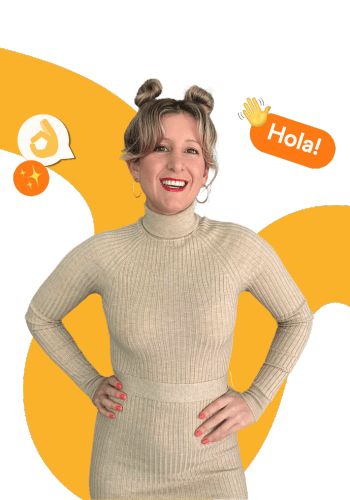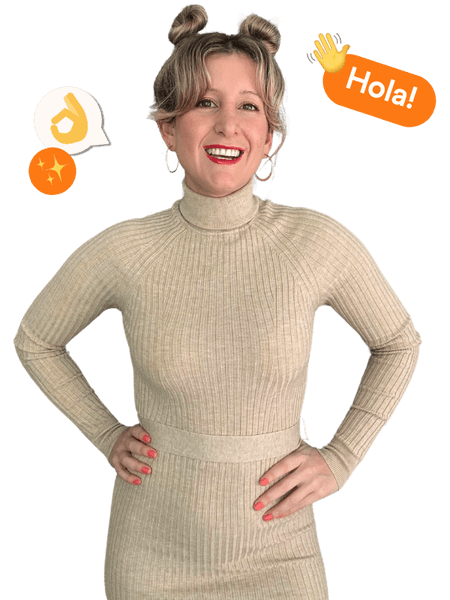¡Hola!
In today’s challenge you are going to learn the numbers and dates in Spanish!
The first ten numbers in Spanish are important for two reasons. One: you will probably use them a LOT. And two: they lay the foundations for the next Spanish numbers. Here is the Spanish numbers 1 to 10:
The numbers from 11 to 15 are a bit irregular, so you’ll have to remember them by heart.
Then, from 16 to 19 and even beyond, Spanish numbers are formed following the pattern 10 (diez) + number.
Up to 30 (“thirty”), the numbers are bound together.
From 30 the numbers part ways to make counting in Spanish even easier for you. Basically, you won’t say “thirty-one”, but “thirty and one”: treinta y uno.
Now that you know how to count to 40, counting to 100 in Spanish is a piece of cake. Just learn the tens and you are ready to go.
Hundreds shouldn’t scare you either. They are just as simple. Once you know how the hundreds are, you’ll also know the numbers in between.
Notice how 100 is cien, but once you get to 101 and beyond it changes to ciento? Additionally, from 200 onwards, we also add an “s” at the end to make it plural: dosciento, trescientos, and so on. And a little secret: in Spanish, the hundreds can be either masculine or feminine (depending on the noun they accompany). For example, “two hundred books” will be doscientos libros, but to say “two hundred apples” we’ll say doscientas manzanas.
Here are some more examples:
- 204 – doscientos cuatro
- 323 – trescientos veintitrés
- 747 – setecientos cuarenta y siete
- 999 – novecientos noventa y nueve
If you want to go even further, thousands and millions work exactly like in English: number + mil (“thousand”) or millón (“million”). Here are some examples:
- 3000 – tres mil
- 3001 – tres mil uno
- 3018 – tres mil dieciocho
- 10000 – diez mil
- 20000 – veinte mil
- 77100 – setenta y siete mil cien
Now you! Try saying the following dates in Spanish.
Examples:
1927: Mil novecientos veintisiete
2021: Dos mil veintiuno
¿En qué fecha naciste? When were you born?
Let me know in the comments below!
Un abrazo,
Raquel
CEO of The Spanish Tribe




Responses